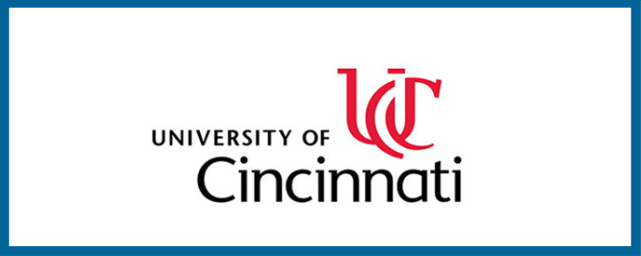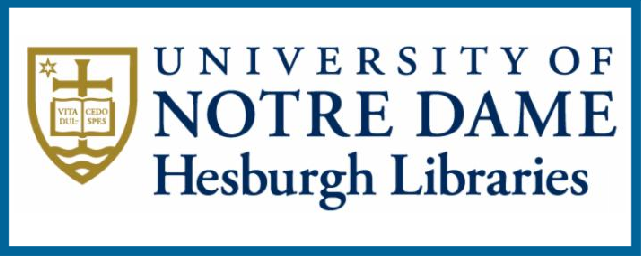Analysis of Name Entities in Text Using Robust Disambiguation Method
Abstract
Keywords
Full Text:
PDFReferences
K. Pendidikan, D. A. N. Seni, and B. Islam, “Ulumul hadits,” Ulumul Hadist, 2017.
X. Han and J. Zhao, “Structural Semantic Relatedness: A knowledge-based method to named entity disambiguation,” in ACL 2010 - 48th Annual Meeting of the Association for Computational Linguistics, Proceedings of the Conference, 2010.
M. Dredze, P. Mcnamee, D. Rao, A. Gerber, and T. Finin, “Entity disambiguation for knowledge base population,” in Coling 2010 - 23rd International Conference on Computational Linguistics, Proceedings of the Conference, 2010.
M. Pershina, Y. He, and R. Grishman, “Personalized page rank for named entity disambiguation,” in NAACL HLT 2015 - 2015 Conference of the North American Chapter of the Association for Computational Linguistics: Human Language Technologies, Proceedings of the Conference, 2015, doi: 10.3115/v1/n15-1026.
E. F. Y. Hom, F. Marchis, T. K. Lee, S. Haase, D. A. Agard, and J. W. Sedat, “AIDA: an adaptive image deconvolution algorithm with application to multi-frame and three-dimensional data,” Journal of the Optical Society of America A, 2007, doi: 10.1364/josaa.24.001580.
A. Alhelbawy and R. Gaizauskas, “Graph ranking for collective Named Entity Disambiguation,” in 52nd Annual Meeting of the Association for Computational Linguistics, ACL 2014 - Proceedings of the Conference, 2014, vol. 2, pp. 75–80, doi: 10.3115/v1/p14-2013.
J. Hoffart et al., “Robust disambiguation of named entities in text,” in EMNLP 2011 - Conference on Empirical Methods in Natural Language Processing, Proceedings of the Conference, 2011.
Mr. Suryadi, “Rekonstruksi Kritik Sanad Dan Matan Dalam Studi Hadis,” ESENSIA: Jurnal Ilmu-Ilmu Ushuluddin, 2015, doi: 10.14421/esensia.v16i2.996.
S. Niwattanakul, J. Singthongchai, E. Naenudorn, and S. Wanapu, “Using of jaccard coefficient for keywords similarity,” in Lecture Notes in Engineering and Computer Science, 2013.
H. H. Batubara, “Pemanfaatan Ensiklopedi Hadis Kitab 9 Imam sebagai Media dan Sumber Belajar Hadis,” Muallimuna: Jurnal Madrasah Ibtidaiyah, 2017, doi: 10.31602/muallimuna.v2i2.769.
T. N. Tran, K. Drab, and M. Daszykowski, “Revised DBSCAN algorithm to cluster data with dense adjacent clusters,” Chemometrics and Intelligent Laboratory Systems, 2013, doi: 10.1016/j.chemolab.2012.11.006.
E. Schubert, J. Sander, M. Ester, H. P. Kriegel, and X. Xu, “DBSCAN revisited, revisited: Why and how you should (still) use DBSCAN,” ACM Transactions on Database Systems, 2017, doi: 10.1145/3068335.
H. Abdi and L. J. Williams, “Principal component analysis,” Wiley Interdisciplinary Reviews: Computational Statistics. 2010, doi: 10.1002/wics.101.
N. Japkowicz, “Why question machine learning evaluation methods? (An illustrative review of the shortcomings of current methods),” in AAAI Workshop - Technical Report, 2006.
S. Visa, B. Ramsay, A. Ralescu, and E. van der Knaap, “Confusion matrix-based feature selection,” in CEUR Workshop Proceedings, 2011.
M. R. Ghorab, D. Zhou, A. O’Connor, and V. Wade, “Personalised Information Retrieval: Survey and classification,” User Modelling and User-Adapted Interaction, 2013, doi: 10.1007/s11257-012-9124-1.
DOI: http://dx.doi.org/10.30700/jst.v10i2.963
Article Metrics
Abstract view : 696 timesPDF - 499 times
Refbacks
- There are currently no refbacks.
Copyright (c) 2020 SISFOTENIKA

This work is licensed under a Creative Commons Attribution-NonCommercial 4.0 International License.
Badan Pengelola Jurnal Ilmiah Sistem Informasi dan Teknik Informatika (SISFOTENIKA) STMIK Pontianak.
Jurnal Ilmiah SISFOTENIKA terindex di :
 | |
SERTIFIKAT PENGHARGAAN :
Jurnal Ilmiah SISFOTENIKA Terakreditasi Peringkat Empat
Partners & Co-Organizers:





Jurnal Ilmiah SISFOTENIKA: STMIK Pontianak Online Journal ISSN Printed (2087-7897) - ISSN Online (2460-5344) licensed under a Lisensi Creative Commons Atribusi 4.0 Internasional.





 IndoCEISS
IndoCEISS












































































































































